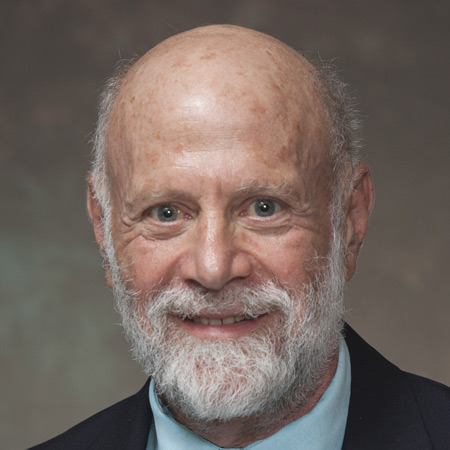T he 2019–2020 Tick-Borne Disease Working Group held its final online meeting on December 2, closing out a very contentious session of this panel.
In contrast, the 2017–2018 Working Group went relatively smoothly. Overall, the Lyme disease community was satisfied that its concerns were heard—and importantly, incorporated into the 2018 Report to Congress. We didn’t necessarily get everything we wanted, but it was a good start.
HHS panel choices did not represent the Lyme patient community
However, the 2019–2020 Working Group was a different story. The problems originated at the very beginning, with the people the Department of Health and Human Services (HHS) appointed to the panel.
TBDWG Co-chair Dr. David Walker astonished the Lyme community by announcing at the Working Group’s first meeting that he didn’t want the panel to spend any more time on Lyme disease.
Right off the bat, HHS chose only one person who truly represented the Lyme patient community—Pat Smith, president of the Lyme Disease Association. (The previous panel had three patient advocates.) This second panel had no member of the International Lyme and Associated Diseases Society, which represents practitioners who treat persistent Lyme disease. (The first panel had one—Dr. Richard Horowitz.)
The first and second panels both had a member of the Infectious Diseases Society of America (IDSA), an organization that does not recognize the existence of persistent Lyme disease. But in a move that particularly rankled the Lyme patient community, the second panel’s IDSA rep was Dr. Eugene Shapiro, who has long been a lightning rod for controversy.

Dr. Eugene Shapiro
IDSA representative
- He has publicly denigrated Lyme patients and their treating doctors for years.
- He has financial conflicts of interest that should bar him from the panel.
- He is a named defendant in a federal lawsuit accusing the IDSA of colluding with insurance companies to deny medical care to Lyme patients.
Join or login below to continue reading.




























